In a landscape where civil society organizations (CSOs) in Central and Eastern Europe are bracing for the end of the current EEA Grants cycle, the seminar organized by the Stefan Batory Foundation, the Polish Academy of Civic Organizations Foundation, and the Norwegian Helsinki Committee in Oslo came as a timely initiative. Bringing together 26 participants from 6 countries, the event catered to experienced fundraisers, providing a forum for sharing experiences and learning about Norway’s unique civil society landscape.
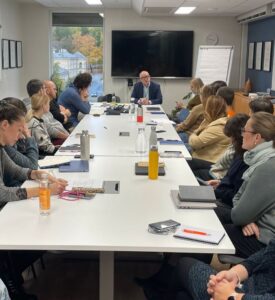
Indeed, one of the first things participants learned is that the average Norwegian is a member of two CSOs. Norwegian civil society is uniquely diversified in its funding, with comparatively less institutional funding than other Europeans, and a greater reliance on grassroots donors and memberships.

Despite Norway’s wealth, which may set its context apart, the seminar underscored that the principles and practices of Norwegian CSOs offer valuable, adaptable lessons for organizations looking to enhance their fundraising efforts in a rapidly changing landscape.
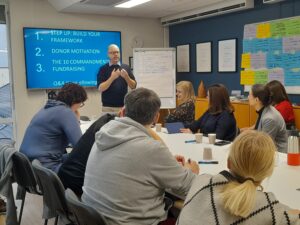
The seminar was a rich tapestry of presentations and discussions, covering a wide array of topics. This article can never do the seminar fully justice without presenting each and every participant and speaker, but will instead just give some of the highlights.
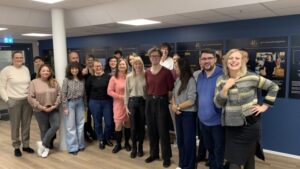
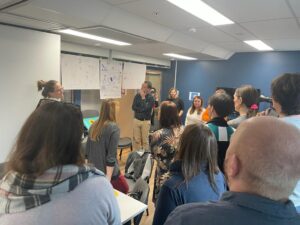
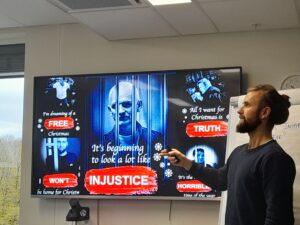
Build relationships to raise funds
The seminar emphasized the critical importance of building and maintaining strong relationships with members, especially for smaller CSOs. Sigrid Bakken Døsvik from “La Humla Suse,” a bumblebee conservation CSO, exemplified this personable approach. She shared her organization’s journey in engaging their member base, demonstrating how a focused approach on community-building led to sustained financial support. Her presentation illustrated practical ways of nurturing member relationships through regular, meaningful communication and community engagement activities.
Fredrik Mellem, from the European Movement Norway, complemented this by emphasizing personalized approaches in fundraising. He shared insights into how direct, individual interactions with members can lead to increased loyalty and support, highlighting the necessity of understanding and responding to the unique needs and interests of each member.

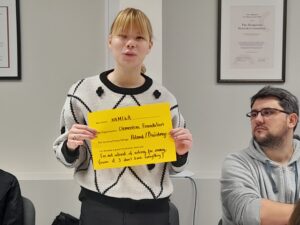
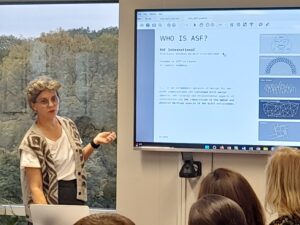

Old methods aren’t always bad
Ola Wiig-Hanssen, a veteran of direct mail from UNICEF, struck a chord with many participants with his presentation on direct mail, highlighting the relevance of traditional fundraising methods in a digital age. He showed that there is a timeless appeal to a well-crafted letter that can still produce great effect today.
This session served as a reminder that in an era of digital overload, the personal touch of a physical letter can stand out, making donors feel uniquely valued and appreciated. Wiig-Hanssen’s insights underscored the need for a balanced fundraising strategy that effectively integrates both traditional and modern methods.
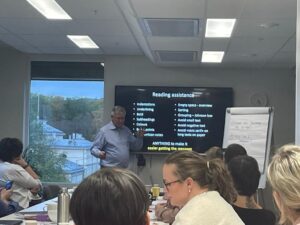
If the rules don’t work, try to change them
The seminar also highlighted the often-overlooked aspect of advocacy in fundraising. Siri Nodland’s discussion focused on the necessity of CSOs to not just adapt to, but also actively shape, the policy environment in which they operate. She shared examples of successful advocacy efforts that led to more favorable tax and VAT conditions for non-profits, demonstrating how policy changes can significantly impact the fundraising landscape.
Her session provided practical tips on how organizations can engage in advocacy, emphasizing the need for building relationships with policymakers and collaborating with other CSOs to amplify their voice.
Conclusions
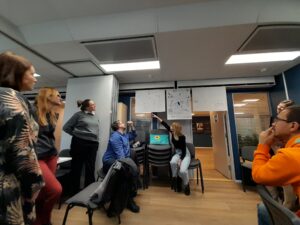
The seminar concluded with a strong call for adaptability and innovation in fundraising. The combination of Hammer’s guiding principles, modern technology like CRM, personal relationships, traditional methods, and advocacy, painted a comprehensive picture of effective fundraising strategies.
The Norwegian Helsinki Committee’s initiative in facilitating this exchange has laid a strong foundation for ongoing collaboration, ensuring that civil society remains resilient and effective in meeting new challenges.
